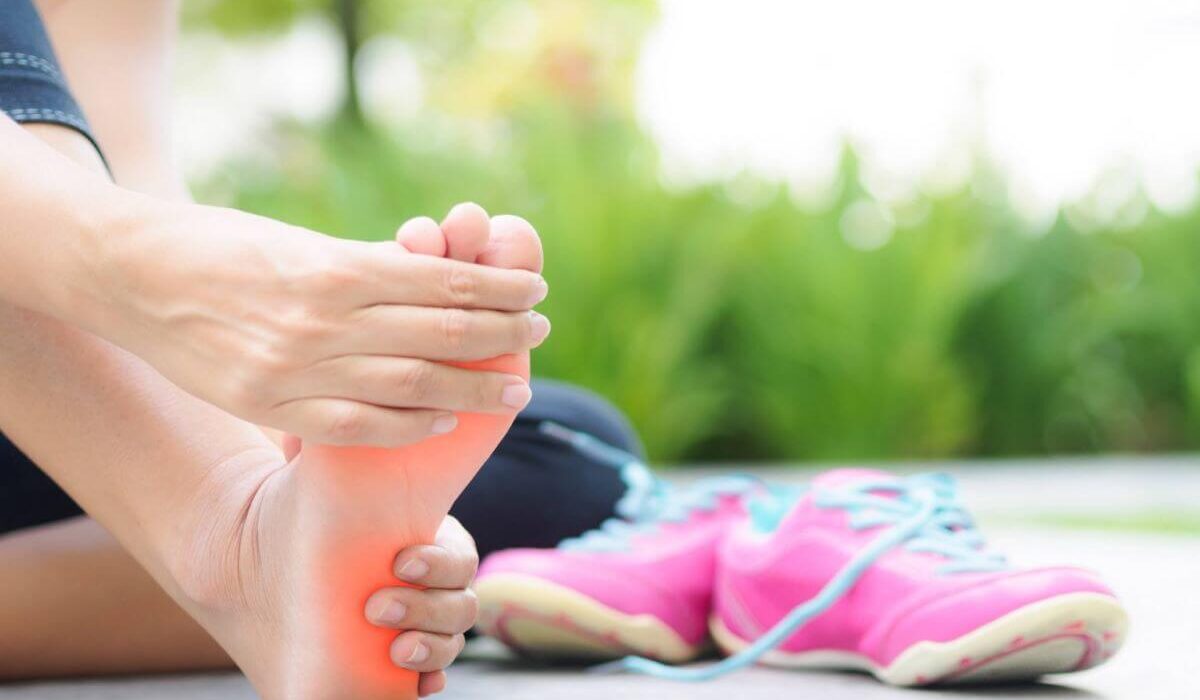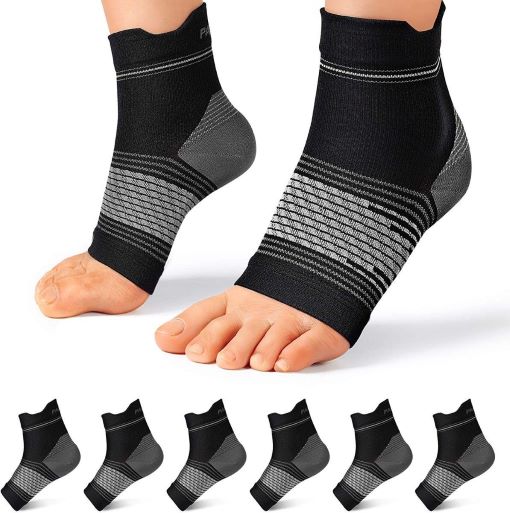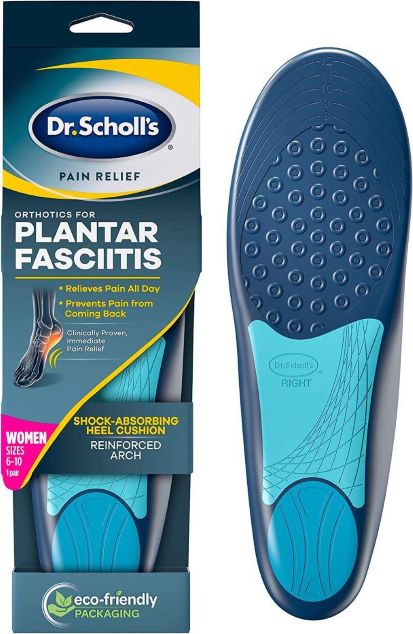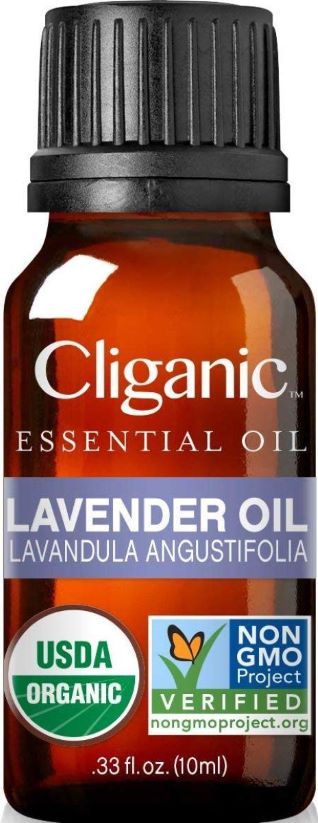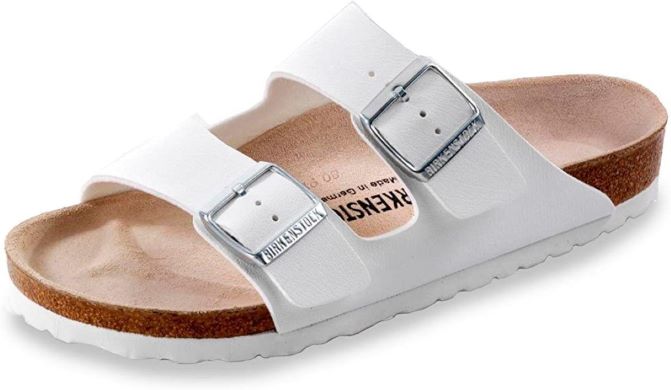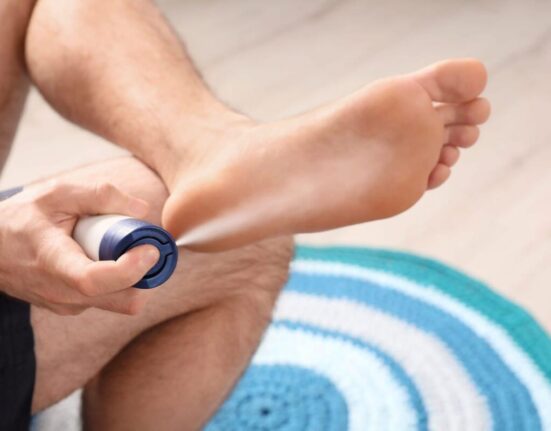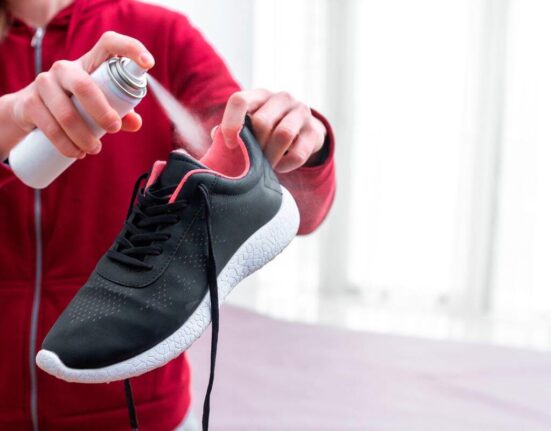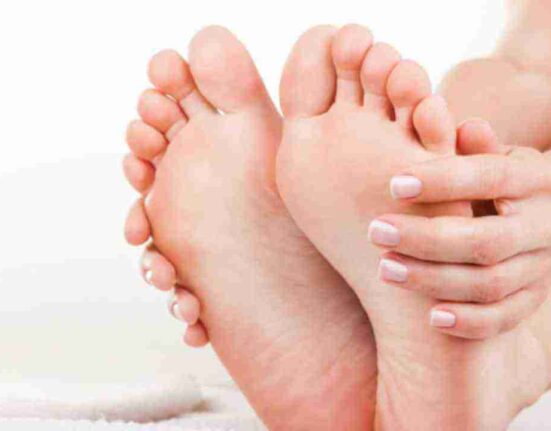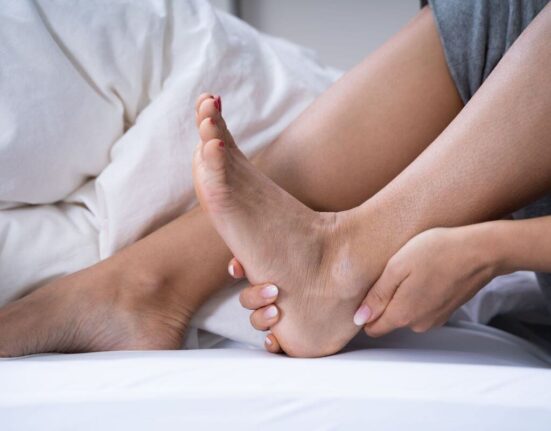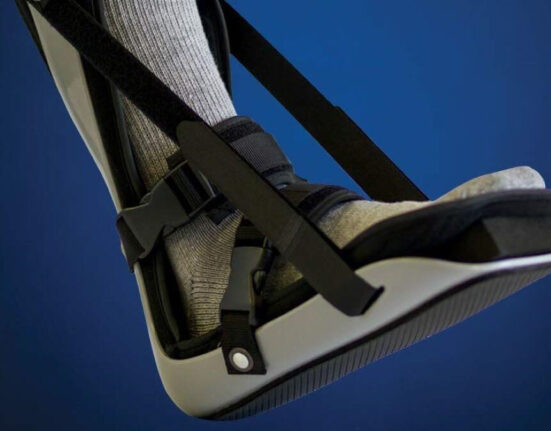If you’ve ever had plantar fasciitis, you know just how debilitating and painful it can be. It is not an exaggeration when people describe it as among the most painful experiences ever experienced.
What is Plantar Fasciitis?
Plantar fasciitis is a condition that results in heel pain caused by inflammation of the plantar fascia, the ligament that runs along the bottom of your foot from your heel bone to your toes. The plantar fascia acts as a shock absorber for the foot, and unfortunately, repetitive strain can cause microtears in the tissue, which leads to inflammation and pain.
Many people assume that they will just have to deal with the pain, but there are actually treatments that can help, some of them more natural than taking pills or having surgery.
Symptoms of Plantar Fasciitis
The most common symptom of plantar fasciitis is heel pain that is worse first thing in the morning or after periods of extended rest. The pain gradually improves throughout the day as you walk around and stretch out the ligaments. However, by the end of the day, you may be in significant pain again.
Depending on the severity, plantar fasciitis can feel like anything from a dull ache to a stabbing pain. Other symptoms may include:
- Heel Spur (a bony growth on the heel bone)
- Tightness or stiffness in the Achilles tendon
- Burning sensation in the sole of your foot
- Aches in your ankle, calf, or shin
- tenderness on the bottom of your heel
- sharp or dull pains in your heel that may radiate outward
- difficulty flexing your foot or pointing toes
- swelling on bottom or back of heel
If you are experiencing any of these symptoms, seek a healthcare professional’s advice so you can begin treatment and start feeling better!
8 Natural Treatment Solutions for Plantar Fasciitis
There are a number of different treatments as well as helpful products to help ease the discomfort of plantar fasciitis depending on how severe your symptoms are.
- Plantar Fasciitis socks that are designed to ease the pain and help with healing work well. Many people see vast improvements by simply wearing supportive plantar fasciitis socks like these:
Plantar Fasciitis Sock (6 Pairs) for Men and Women
What we love about these socks to help plantar fasciitis:
- Compression foot sleeve delivers fast pain relief
- Helps stabilize ankle joint, aid in recovery from edema and heel spurs
- Helps stabilize feet and prevent further injuries
- Arch support
- Reduces heel pressure
- Promotes good circulation
- Increases foot flexibility and strength
- Transfers excessive fascial pressure to relieve pain
- Can wear these to bed to keep the correct bend so that the stinging pain in the morning will be less likely
- 80% nylon, 20% spandex
- Highly rated on Amazon
2. Using plantar fasciitis socks and insoles can provide a solid amount of support to aid in healing.
Dr.Scholl’s Plantar Fasciitis Pain Relief Orthotics Clinically Proven Relief and Prevention Of Plantar Fasciitis
Why we recommend these insoles to help ease the pain of plantar fasciitis:
- Designed to help with pain in the heel
- Shock guard technology provides immediate and all day pain relief
- Full length insoles supports the entire foot
- Fits casual shoes, sneakers, work boots and shoes. Trim to fit.
- Highly rated on Amazon
3. You can also try icing your foot for 20 minutes several times per day.
If these methods do not provide relief after a week or two, you may need stronger medication or other interventions such as physical therapy or corticosteroid injections. Surgery is usually only recommended as a last resort if all other methods have failed.
4. Can a chiropractor help with plantar fasciitis?
A natural treatment for plantar fasciitis is chiropractic care. Chiropractors use adjustments and manipulation to treat problems with the bones and joints, and this can also be effective for plantar fasciitis. Some studies have shown that chiropractic care can provide significant relief for people with plantar fasciitis, and it is definitely worth trying if you are dealing with this condition.
5. Using lavender essential oil to help reduce inflammation and pain
Many people with plantar fasciitis find relief by using essential oils like lavender, which are known for their anti-inflammatory properties.
One study found that lavender oil was effective in reducing heel pain and improving quality of life in people with plantar fasciitis. The study found that the participants who used lavender oil had significantly less heel pain and a better quality of life than those who didn’t use the oil.
The study’s authors suggest that lavender oil may be a helpful treatment for plantar fasciitis. If you’re interested in trying lavender oil for plantar fasciitis, you can purchase it online or at a health food store and use it topically to reduce inflammation as it is absorbed into the skin. You can also add a few drops of lavender oil to a warm bath or massage it into your feet.
Cliganic USDA Organic Lavender Essential Oil – 100% Pure Natural Undiluted
6. Are Birkenstocks good for plantar fasciitis?
Birkenstock sandals are often recommended as a good option for people with plantar fasciitis. This is because they provide good arch support and have a deep heel cup that helps to align the foot. Additionally, the wide strap across the top of the foot helps to keep the foot in place and prevents it from slipping.
The soft, flexible sole also helps to reduce impact on the feet and provides good shock absorption. Overall, Birkenstock sandals can be a good option for people with plantar fasciitis, as they provide many features that can help to reduce pain and improve foot health.
Birkenstock Unisex Sandals
Can plantar fasciitis cause calf pain?
Plantar fasciitis is an inflammation of the plantar fascia, the tissue that runs along the bottom of your foot. It’s a common cause of heel pain, and can also cause pain in your calf.
The plantar fascia is a long, flat ligament that attaches your heel bone to your toes. It helps support the arch of your foot and absorb shock when you walk. When it’s inflamed, it can be very painful, making it hard to walk or even stand for long periods of time.
Plantar fasciitis is most often caused by overuse, such as from walking or running too much. It can also be caused by wearing shoes that don’t provide enough support for your feet, or by having tight calf muscles. If you’re experiencing calf pain along with heel pain, it’s likely due to plantar fasciitis. Treatment involves resting your feet as much as possible, stretching your calf muscles, and wearing supportive shoes.
7. Stretches
Here are some good stretches recommended by The Cleveland Clinic to help manage and heal plantar fasciitis.
8. Nutrition for Healing Plantar Fasciitis
In addition to conventional treatments like stretching exercises and over-the-counter medications, what you eat can also play a role in healing from Plantar Fasciitis faster. Eating foods that help reduce inflammation will give you some relief from symptoms and help you heal more quickly overall. Aim to include these anti-inflammatory foods in your diet:
- salmon
- tuna
- walnuts
- flaxseeds
- avocados
- kale
- spinach
- broccoli
- tomatoes
- olive oil
- green tea
- pineapple
In addition to these anti -inflammatory foods, Vitamin C helps build collagen which is essential for healthy ligaments, tendons, and bones- so make sure to include plenty of:
- citrus fruits
- bell peppers
- leafy greens
- tomatoes
- Brussels sprouts
- broccoli
- cauliflower
- potatoes
Vitamin D is also important for bone health so be sure to eat
- Fatty fish
- Eggs
- fortified cereals
- milk
- cheese
- yogurt
- Get outside for some sunshine every day!
Finally, adequate protein intake is key for proper wound healing so make sure you’re eating plenty of:
- Chicken
- Turkey
- beef
- tofu
- beans legumes
- nuts
- seeds
With each meal, these nutrients will not only help speed up recovery from injury, but will also improve joint function and reduce future risk of injury. We wish you well on your journey to heal completely from plantar fasciitis!
The links used on thewellthieone.com are affiliate links, which may provide a small commission. This does not increase the price of the goods for the consumer whatsoever. What it does is ensure that useful content like this can continue to be produced. Thank-you for enjoying our content and allowing us to continue to provide more.

